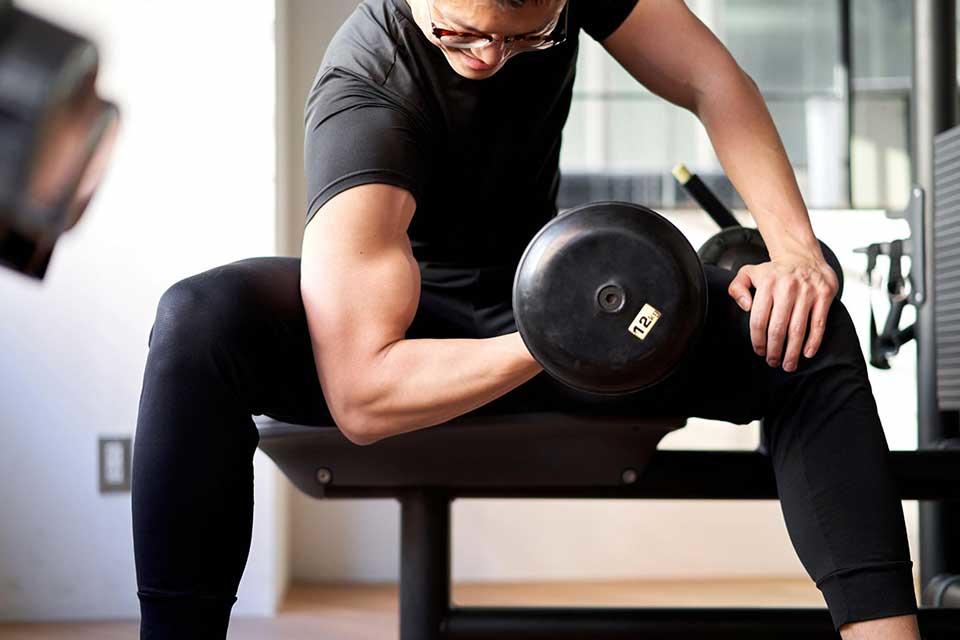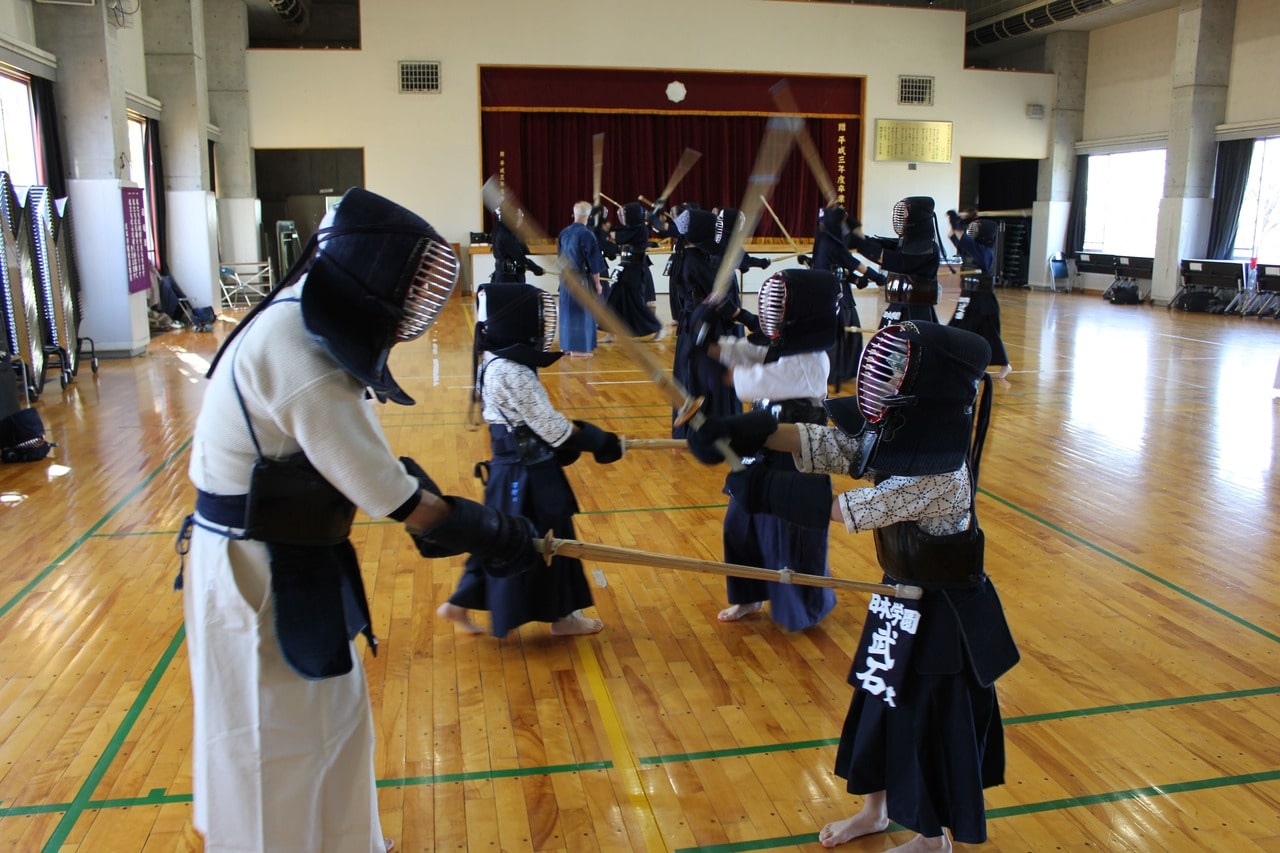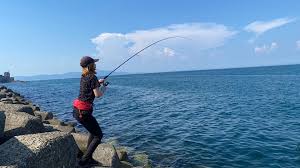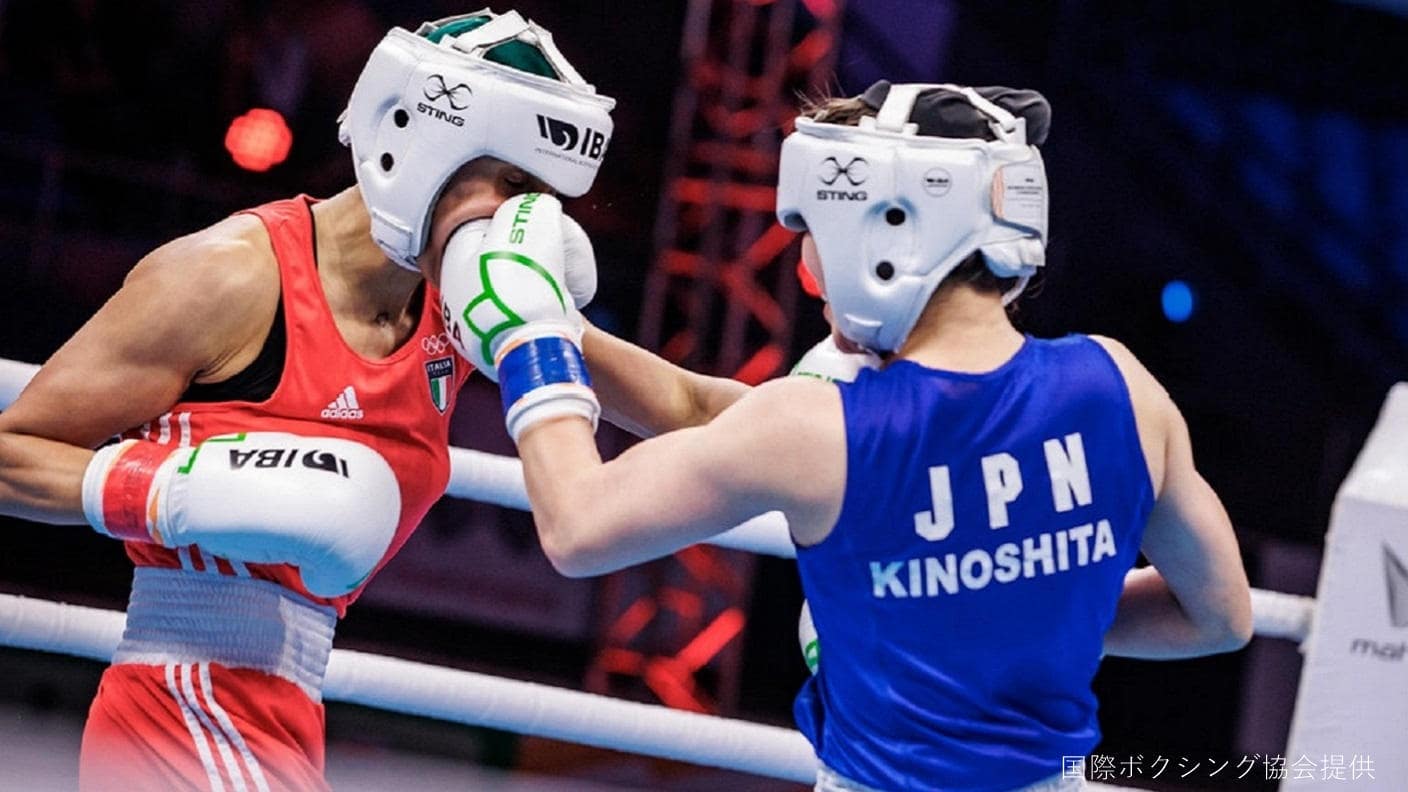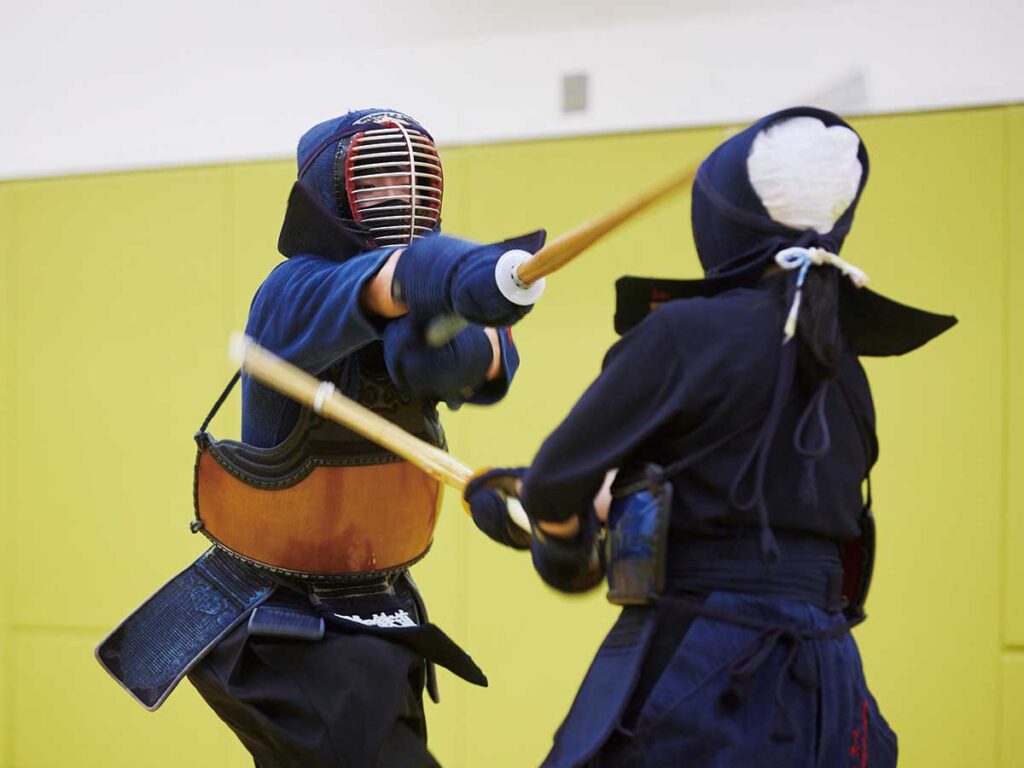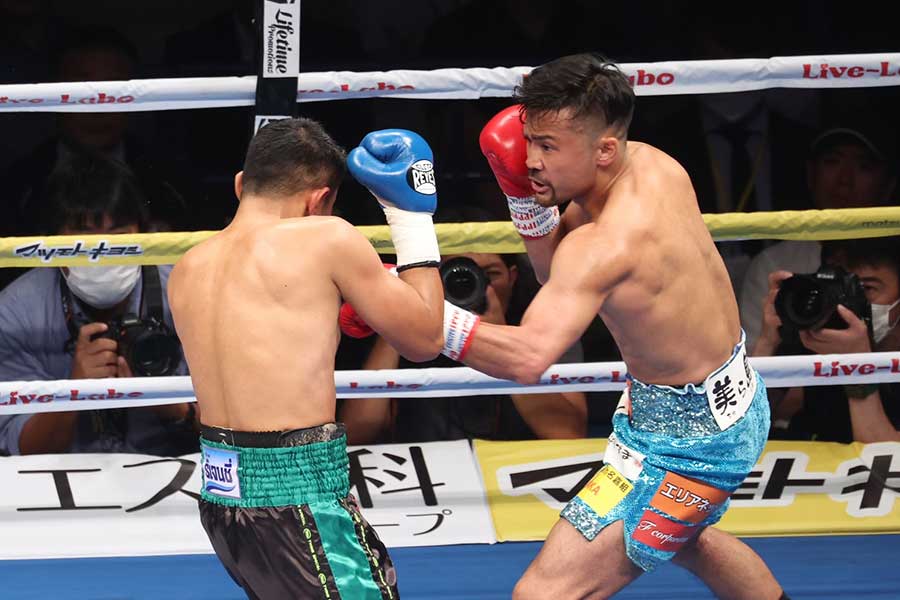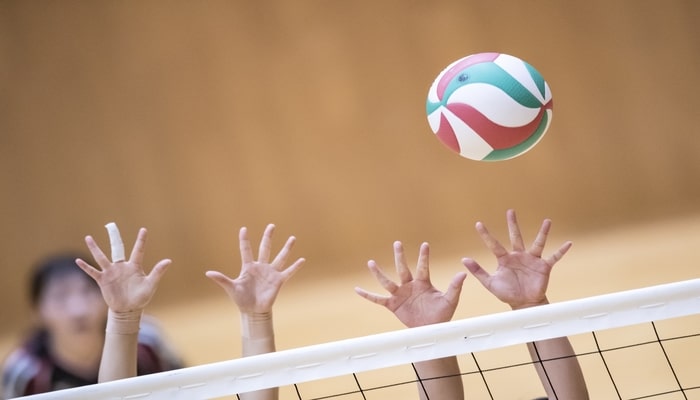
Kendo is a martial art that requires not just physical strength, but also a balance of technique, speed, and muscular strength.
In this article, we will explain in detail how to combine suburi, the basic technique of kendo, with muscle training, which is essential for improving performance.
By honing your technique with practice swings and strengthening each part of your body through muscle training, you can significantly improve your Kendo skills.
We will introduce effective training methods for beginners who are just starting Kendo, as well as advanced players who want to further improve their techniques.
This combination aims to improve the way you use your body in Kendo and improve your performance in matches and training.
目次
- 1 Introduction: The importance of practice swings and muscle training in Kendo
- 2 Basics of practice swings and effective practice methods
- 3 Main muscle groups in Kendo that should be strengthened through muscle training
- 4 Combination plan of practice swings and muscle training
- 5 Muscle training menu that is effective for improving Kendo performance
- 6 How to incorporate practice swings and strength training into your daily training routine
- 7 Frequently asked questions and answers
- 7.1 When is the best time to practice swinging?
- 7.2 Is it better to do muscle training before or after practicing?
- 7.3 What is the ideal frequency for muscle training?
- 7.4 Which body parts should I focus on during muscle training?
- 7.5 What are some tips for maximizing the effectiveness of practice swings?
- 8 Summary and outlook for future training
Introduction: The importance of practice swings and muscle training in Kendo
In Kendo, practice swings are one of the most important exercises for honing basic techniques.
By doing it in the correct form, you will develop not only your technique but also your concentration and sense of rhythm.
On the other hand, muscle training is essential for improving the physical strength and muscle strength that supports Kendo performance.
In particular, Kendo requires strength and stability in the lower body, so it is important to focus on strengthening these areas through muscle training.
These two types of training are interrelated; practice swings contribute to improving technical skills, while strength training builds the physical strength to support those techniques.
By combining these in a well-balanced manner when practicing Kendo, you will improve the way you use your body, improving the accuracy of your technique and sustaining it in matches.
Therefore, the combination of practice swings and muscle training can be said to be a very effective approach to improving overall ability in Kendo.

Basics of practice swings and effective practice methods
Suburi is one of the basics of Kendo, and is an indispensable practice method for learning the correct posture and technique.
In order to perform practice swings effectively, it is important to keep the following points in mind and put them into practice.
-
Maintain proper posture : Before you start practicing, make sure you have proper posture. Place your feet shoulder-width apart and bend your knees slightly to stabilize your lower body. It is important to hold the sword in a relaxed state, with your back straight and your shoulders relaxed.
-
How to swing the sword : Swinging the sword is done using the arms and hips rather than the shoulders. When swinging the sword, be aware of the rotation of your hips and move your arms naturally to avoid unnecessary force. The key is to take advantage of the snap of the moment you hit the ball and hit it powerfully and sharply.
-
Breathing and rhythm : Breathing during practice swings is very important. Breathe out when you hit down, and breathe in when you swing up. By breathing evenly, you can perform practice swings with good rhythm and prevent fatigue from accumulating.
-
Repetitive practice : Repetitive practice is necessary to maximize the effectiveness of practice swings. Ideally, you should perform a certain number of practice swings every day and gradually improve the quality of your movements. It is recommended that you start slowly and accurately and gradually increase your speed.
By paying attention to these basics when performing practice swings, you can greatly contribute to improving your Kendo techniques and expect to improve your performance in matches and practice.

Main muscle groups in Kendo that should be strengthened through muscle training
In Kendo, strengthening specific muscle groups is essential to improving technique and sustaining performance.
The main muscle groups that should be focused on training for effective Kendo are as follows.
-
Lower body muscles (quadriceps, hamstrings, calves) : Kendo requires a stable posture and quick footwork, so strong leg strength is required. Strengthen these muscle groups with exercises like squats and lunges to solidify your foundation of movement.
-
Core muscle groups (abs, back muscles, obliques) : Core stability is important to support powerful strikes and rapid body movements. Strengthening your core with exercises like planks, Russian twists, and back extensions will improve your overall body coordination and balance.
-
Upper body muscles (pectoral muscles, back muscles, deltoid muscles) : Kendo striking movements also use the muscles of the upper body. Incorporating push-ups and dumbbell rows to evenly train these muscles will lead to powerful and accurate strikes.
-
Grip Strength and Forearm Muscles : Grasp and control of the sword requires strong grip strength and forearm muscle strength. By training your forearms with hand grips and wrist curls, you can stabilize your sword handling and improve the accuracy of your techniques.
By training these muscle groups in a well-balanced manner, you will not only improve your basic movements in Kendo, but you will also improve your resistance to fatigue, allowing you to acquire the physical strength to handle long training sessions and competitions.
A well-planned strength training program is the key to improving your technique.

Combination plan of practice swings and muscle training
In order to improve your Kendo techniques and strengthen your physical strength, it is important to effectively combine practice swings and muscle training.
The plan below is an example of how to incorporate these two types of training in a well-balanced manner to improve your overall Kendo performance.
weekly training schedule
-
Monday: Muscle training focusing on lower body + light practice swings
- We performed squats, deadlifts, and calf raises, followed by 20 minutes of practice swings to review basic techniques.
-
Tuesday: Day to focus on practice swings
- We conduct long practice swing sessions, focusing especially on the form of strikes and how to release force. In between, do some light stretching.
-
Wednesday: Core and upper body strength training
- Planks, Russian twists, push-ups, and dumbbell rows, followed by 15 minutes of practice swings to consolidate the day’s training.
-
Thursday: Light recovery training
- Recover your body with light jogging or yoga. Take a break from practicing.
-
Friday: Overall strengthening and practice swings
- Perform complex exercises (muscle training that uses the whole body), followed by 30 minutes of concentrated practice.
-
Saturday: Repetitive practice swings and muscular endurance training
- A combination of long practice swings and interval running to train muscular endurance and technique sustainability.
-
Sunday: rest day
- Get complete rest and allow your body to recover.
important point
- It is important to perform a proper warm-up and cool-down on each training day.
- Stay hydrated and avoid dehydration during training.
- Adjust the intensity of your training according to your physical condition, and gradually increase the load without overdoing it.
This plan is designed to help you improve both Kendo technique and physical strength in a well-balanced manner, but it is recommended that you adjust it according to your individual physical strength and experience.
When practicing Kendo, it is important to not only improve your technique, but also to focus on your physical health.

Certain strength training exercises are very effective in improving your Kendo performance.
Below, we will introduce a menu of muscle training to support your movements and improve your technique in Kendo.
1. Leg press
- Purpose : Strengthens the lower body, important for quick steps and stable posture.
- How to do it : With your feet shoulder-width apart and knees at a 90-degree angle, slowly push up on the plate. Adjust the weight so that you can reach your limit in 8-12 reps.
2. Deadlift
- Purpose : Train not only your lower body, but also your back and core muscles, integrating the strength of your entire body.
- How to do it : With your feet shoulder-width apart, hold the barbell at knee height and lift while keeping your back straight. Consciously use your core to stabilize your body.
3. Push-ups
- Purpose : To strengthen the muscles of the upper body, especially the pectoral and deltoid muscles, and improve the strength of the sword swing.
- How to do it : Start in a standard pushup position and move up and down, keeping your body in a straight line. Variations include doing it with your knees on the ground or with your feet elevated.
4. Plank
- Purpose : Increase core endurance and stability. Assists with balance and control throughout Kendo movements.
- How to do it : Support yourself only on your arms and toes, and hold for 30 seconds to 1 minute, keeping your abdominals tight and your back straight.
5. Barbell row
- Purpose : Strengthen the muscles of the back and improve stability when handling the sword and turning the body.
- How to do it : Hold a barbell with your feet shoulder-width apart, bend your knees slightly, lower your hips, and lift the barbell toward your chest. Always keep your back straight.
These muscle training exercises directly contribute to the various movements of Kendo, so they are very effective in improving performance.
It is important to adjust the training frequency, number of sets, and number of repetitions depending on the individual’s physical strength and training experience, and to always perform safely with proper form.

How to incorporate practice swings and strength training into your daily training routine
We will show you how to effectively incorporate practice swings and muscle training into your daily training routine to improve your Kendo techniques and strengthen your physical strength.
This combination will improve your overall Kendo performance and improve your physical strength.
1. Create a training schedule
- Allocate several days a week to Kendo practice (including practice swings) and other days to strength training. For example, think about a balance, such as 3 days a week for practice swings and technique practice, and 2 days a week for strength training.
2. How to incorporate practice swings
- By practicing practice swings on a daily basis, your body can naturally learn the basic techniques of Kendo. Incorporate at least 20 minutes of practice swing as part of your morning routine or evening activity.
3. How to perform muscle training
- Muscle training is meant to support Kendo performance.
It’s especially important to focus on strengthening your lower body and core. Kendo requires a stable standing posture and quick movements, so basic muscle training such as squats, deadlifts, and planks are effective. These exercises increase leg strength and core stability, contributing to quick steps and powerful strikes.
4.Adjusting the frequency and intensity of muscle training
-
- It is important to alternate Kendo practice days and muscle training days, and also take in appropriate rest. On days when you do heavy weight training, the next day you can do lighter activities or take complete rest to encourage muscle recovery. Strength training sessions are typically done with high weights and low repetitions, but sports like kendo require explosive power and endurance, so training with medium weights and low repetitions can also be effective. It’s a target.
5. Flexibility and mobility training
-
-
- In between practicing swings and strength training, it’s helpful to incorporate stretching and mobility exercises to improve flexibility and joint movement. This can help prevent injuries and improve performance. In particular, exercises that increase mobility in the hips, lower back, and shoulders will increase your range of motion in kendo and lead to better striking motions.
-
6. Nutrition and hydration management
-
-
-
- Proper nutrition and hydration are essential for effective muscle training and Kendo practice. In particular, protein intake is essential for muscle recovery, and carbohydrates are important as an energy source for training. It is recommended to eat a well-balanced meal of protein and carbohydrates before and after training, and to maintain adequate hydration at all times.
-
-
In this way, if you are aiming to improve your Kendo techniques and strengthen your physical strength, you can achieve a higher level of training effect by combining practice swings and muscle training.
The key to success is to properly combine each training method and execute it systematically.

Frequently asked questions and answers
When is the best time to practice swinging?
Practice swings are most effective when practiced during times of the day when your body is most active.
Many Kendo practitioners incorporate practice swings into their morning routine to increase their concentration and energy throughout the day.
It is also effective to do practice swings as part of your training in the evening, as it is a way to relieve fatigue from the day and refresh yourself.
Is it better to do muscle training before or after practicing?
If you do strength training before practice swings, your muscles may become fatigued.
Therefore, it is more effective to prioritize kendo technique practice and practice swings, and then do muscle training.
By doing this in this order, you can focus on improving your technique and maximize the muscle-strengthening effects of strength training.
What is the ideal frequency for muscle training?
It’s a good idea to aim for strength training two to three times a week, depending on your Kendo practice schedule.
Muscle training is an important element in strengthening the body, but excessive muscle training can actually reduce performance.
It’s important to find the right balance, taking into account each individual’s physical condition and schedule.
Which body parts should I focus on during muscle training?
Lower body and core strength are extremely important in Kendo.
You’ll want to focus on lower-body strength training, like squats and deadlifts, and core-strengthening exercises like planks and Russian twists.
These trainings support stable standing posture and quick movements in Kendo.
What are some tips for maximizing the effectiveness of practice swings?
In order to get the most out of your practice swings, it is important to maintain accurate form.
Concentrate on each movement and constantly check to make sure your form is correct.
Also, by repeating the movements with a certain rhythm, you can teach your body the natural flow of the movements.
It is also effective to prioritize accuracy over speed and gradually increase speed.

Summary and outlook for future training
Combining practice swings and muscle training in Kendo training is extremely effective for improving technique and strengthening physical strength.
Practice swings solidify the basics of technique, and muscle training builds the physical strength to support performance.
A well-balanced combination of these activities will improve your overall Kendo skills and improve your performance in matches.
Regular training, proper rest, and nutrition are key.
Future outlook for training
In the future, we may see more training methods that incorporate a scientific approach.
For example, wearable devices could be used to collect and analyze performance data in real time to provide optimized training programs for individual athletes.
Training using virtual reality may also contribute to improving Kendo techniques.
Incorporating these techniques while also valuing traditional training methods while pursuing efficient and effective training methods will lead to the evolution of Kendo in the future.

